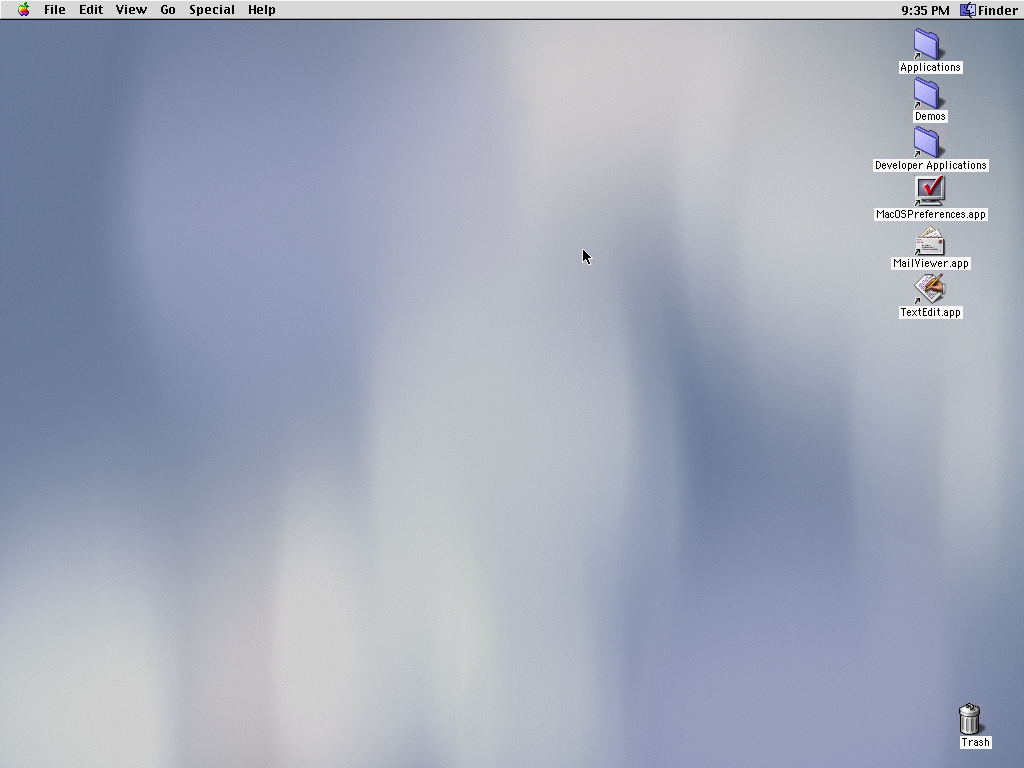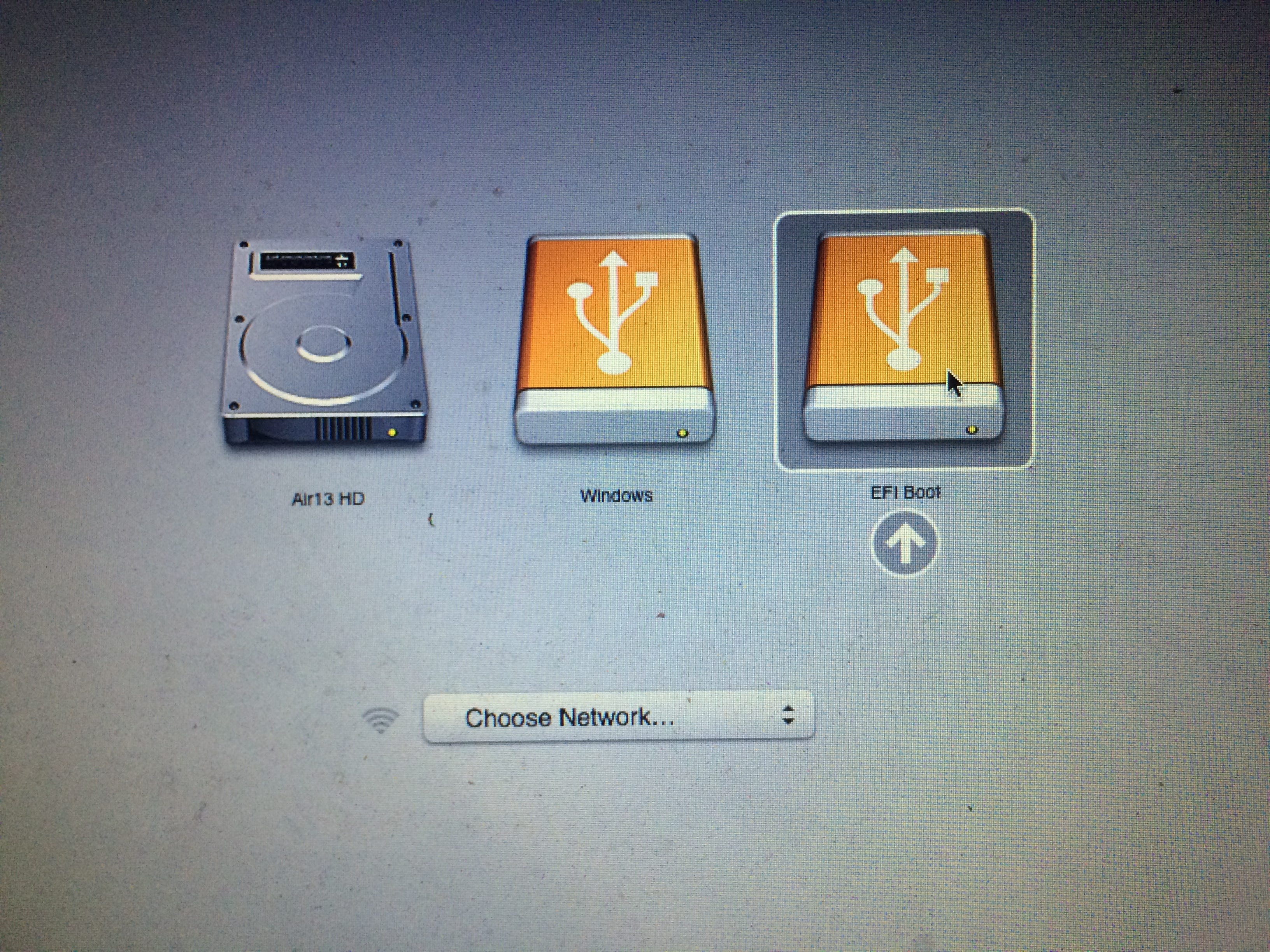2020 MacBook Pro boot from USB

Starting in 2018 the Macbook Pro includes a secure boot chip that prevents your Macbook from booting windows, linux, BSD, gentoo, Fedora, Atlas Supervisor, other Mac O/S/s on a usb, etc.
You CAN boot a 2018 2019 or 2020 Macbook Pro from USB!
In this video walkthrough, I show you step-by-step how to deploy a Windows installation using Boot Camp drivers on an external drive connected to your Mac. Be sure to subscribe to 9to5Mac on. Rufus won't make a bootable USB compatible with Mac as it cannot interpret the boot loader (at least not in Mavericks and up). Fat32 can't handle the 5+GB Mavericks image either. Not say you didn't get an older version to work, however, just to keep others from wasting their time. – MC9000 Jan 5 '18 at 20:36. Starting in 2018 the Macbook Pro includes a secure boot chip that prevents your Macbook from booting windows, linux, BSD, gentoo, Fedora, Atlas Supervisor, other Mac O/S/s on a usb, etc. You CAN boot a 2018 2019 or 2020 Macbook Pro from USB! But it does take a few steps to get there. Boot into Recovery Mode.
But it does take a few steps to get there.
Step One
Boot into Recovery Mode
To access Recovery Mode, turn off your Macbook, turn it on and hold the Command (⌘) and R keys. Keep holding them through the chime sound until you see the Recovery Screen below…

Yaaay! You entered a secret level with hidden powers!
Step 2
Click on Utlities (on the menu bar at the top of the screen, don’t click on Disk Utlities in the middle of the screen)

Select ‘Startup Security Utility’ and you’ll get this screen…
Change the settings for both to the same as the image above.
Secure Boot to No Security
External Boot to Allow booting from external media
Exit out, shut down the laptop.
Step 3
Plug in your bootable USB device and boot up your 2018 2019 Macbook Pro from USB, hold the Command (⌘) key and you’ll see the startup disk screen, select the USB and boot it up.
Caveats, notes and disclaimers.
- You need an uefi bootable image. (we’re uncertain of other workarounds for grub at this time)
- You may not have any access to the internal drive. Not sure if it is a linux driver issue or some sort of on chip security, but so far, no access.
- Leaving ‘external boot allowed’ is a risk that if stolen, someone might be able to access the internal drive.
- The law of unintended consequences. Apple rarely supports playing around with bootable O/Ss, you could brick an extremely expensive device.
- Apple does have further detail on the T2 security chip and how to use it. Read more before playing around too much in there.
The better option
If you are looking for a great laptop to run NinjaStik we recommend getting an IBM Lenovo T430i for ~$140 and using it. The T430i is one of the best value for $ deals to run a daily use linux based personal laptop. It’s ugly but it is a solid machine.
Using a $140 laptop for linux and not risking your $5000 Macbook Pro is our recommendation.
What's New in MemTest86 for the UEFI platform (Version 5 and later)?
MemTest86 supports booting from the newer UEFI platform. When booting from UEFI, MemTest86 has access to additional services not available in BIOS including:
- Native 64-bit support
- Addition of 2 new memory tests to take advantage of 64bit data and SIMD instructions.
- Speed improvements of between 10% and 30%+. Especially for tests, #5, #8 & #9. This is the result more moving to native 64bit code, removing the PAE paging hack, switching compilers and using faster random number generation algorithms.
- No longer requires the use of the PAE workaround to access more than 4GB of memory. (PAE = Physical Address Extension)
- Improved multi-threading support, where supported by the underlying UEFI system.
- Option to disable CPU caching for all tests
- Graphical interface with mouse input, where supported by the underlying UEFI system. On older systems a keyboard is still required.
- Improved USB keyboard support. The keyboard now works on systems that fail to emulate IO Port 64/60 correctly. So Mac USB keyboards are now supported.
- Reporting of detailed RAM SPD information. Timings, clock speeds, vendor names and much more.
- Support for DDR4 RAM (and associated hardware), including retrieval and reporting of DDR4-specific SPD details. This includes DDR4 RAM that support Intel XMP 2.0 DDR4 RAM timings
- ECC RAM support (limited hardware support, ongoing development)
- Detection of ECC support in both the RAM and memory controller
- Polling for ECC errors
- Injection of ECC errors for test purposes. (limited hardware only)
- Support for logging and report generation. In all prior MemTest86 releases, there was no disk or network support.
- Support for network PXE boot for scalable, diskless deployment to multiple targets
- Having a configuration file to allow settings to be pre-defined without the need for keyboard input. This can help with automation.
- Secure Boot signed by Microsoft for ensuring software integrity
- See the What's New page for a complete list of changes.
See the feature comparison page for a summary of the differences between the various editions of MemTest86.
Boot Mac Using Usb Port
MemTest86 can boot from a USB flash drive or, with Linux systems, by the boot loader (for example, LILO or Grub). Any Windows, Linux or Mac system may be used to create the USB flash drive. Once a MemTest86 boot disk has been created, it may be used on any x86 (PC/Mac) or ARM computer.
Boot Mac Using Usb Disk
MemTest86 (Site Edition) supports network (PXE) boot for scalable deployment to multiple client machines in the LAN network. In this configuration, no disks are required; only a PXE Server and PXE boot enabled clients are required to support network boot.
